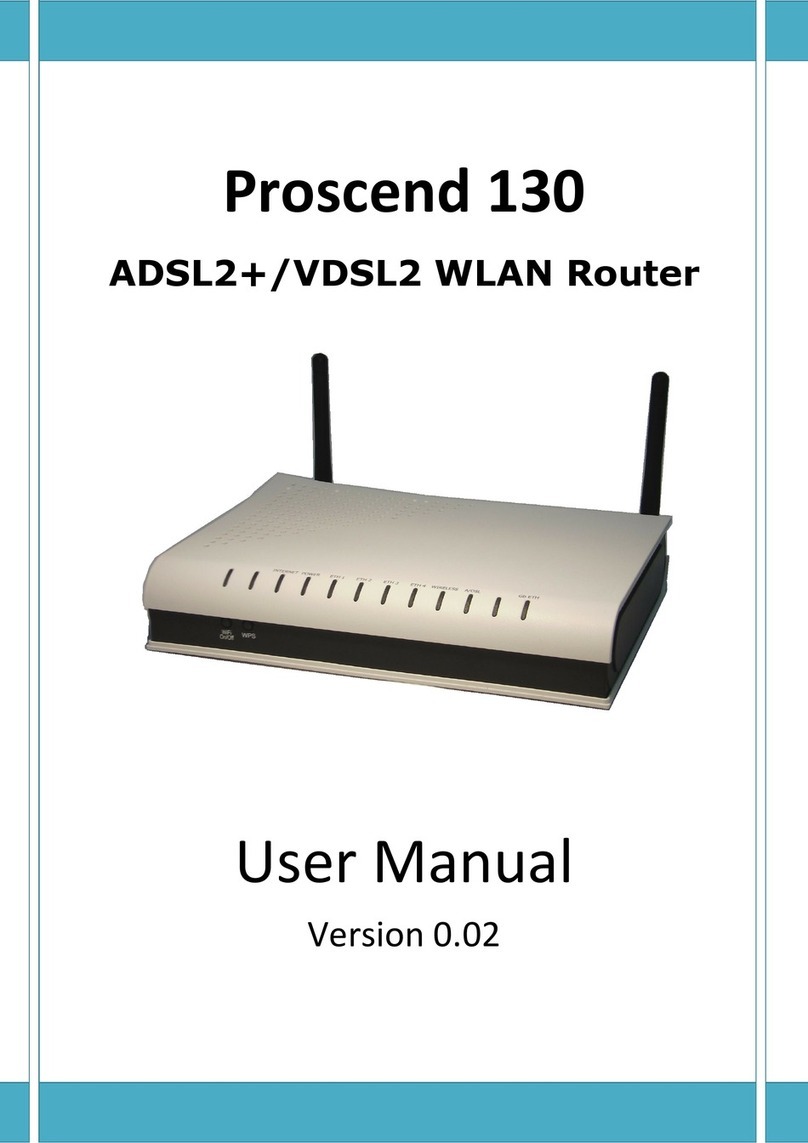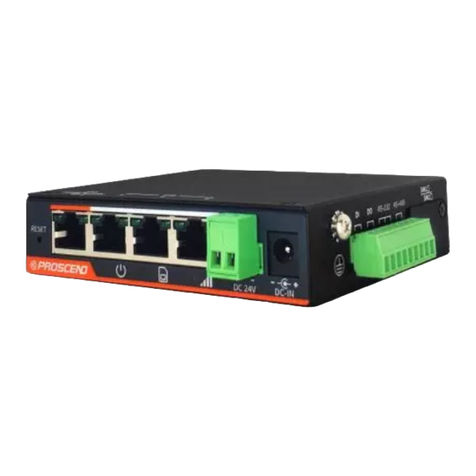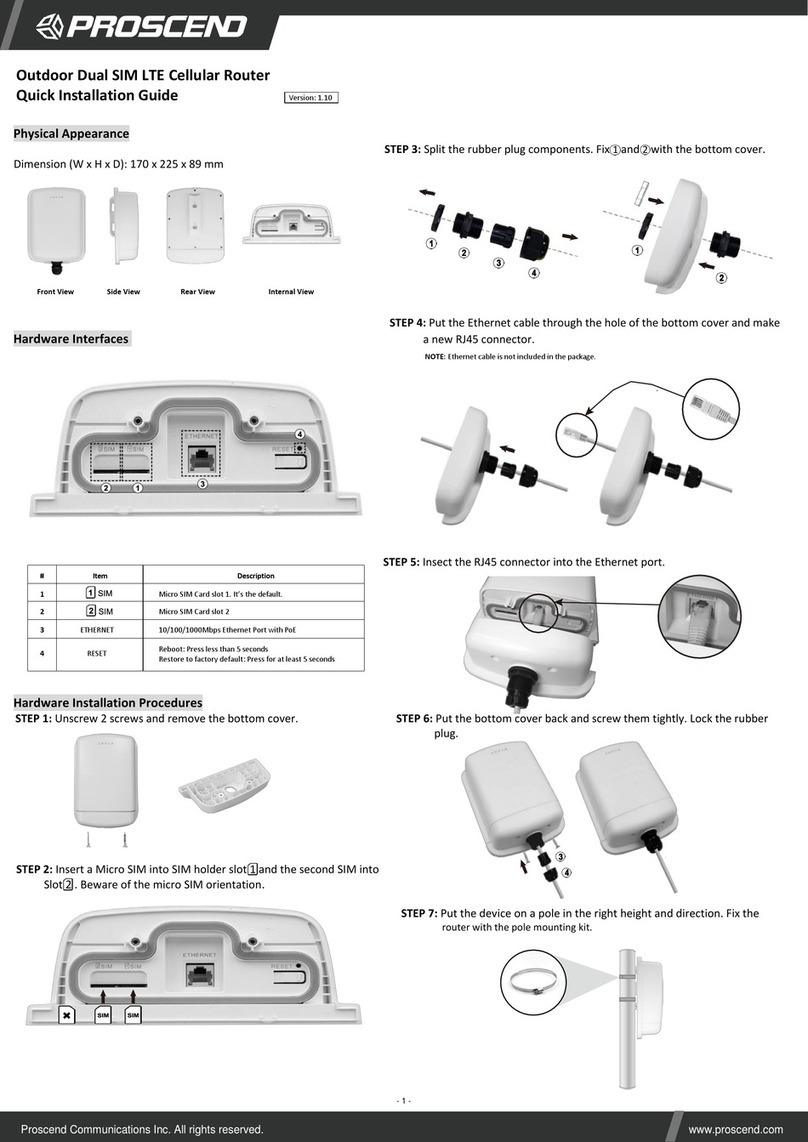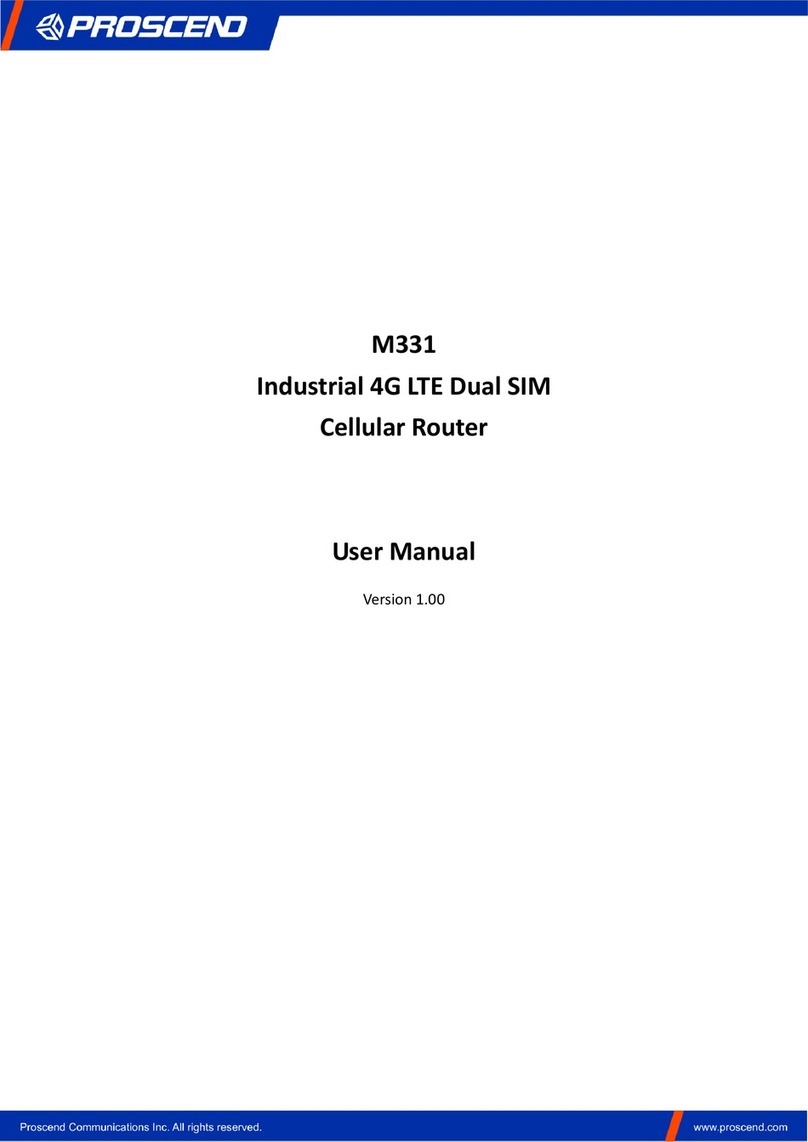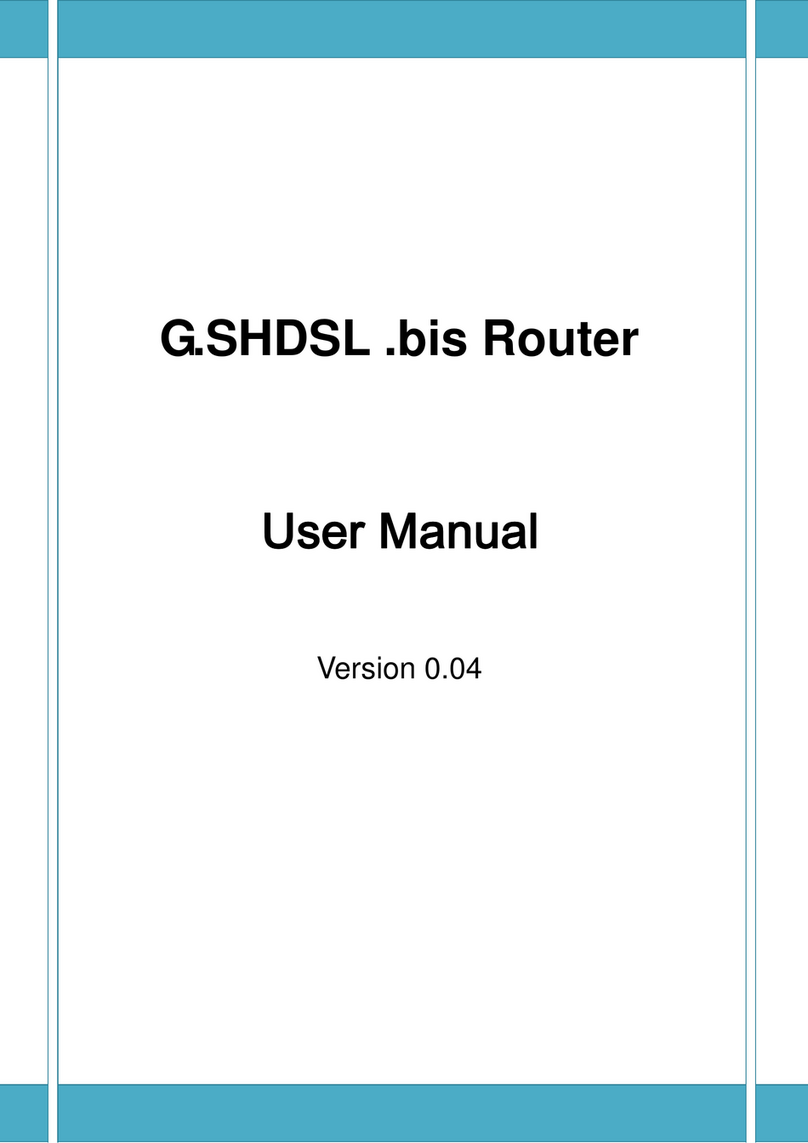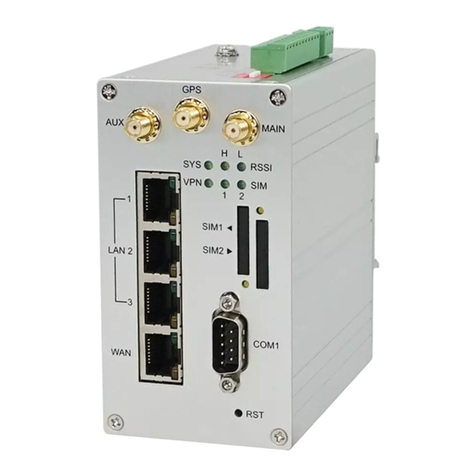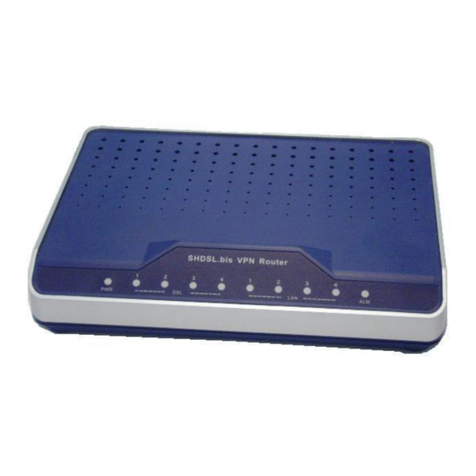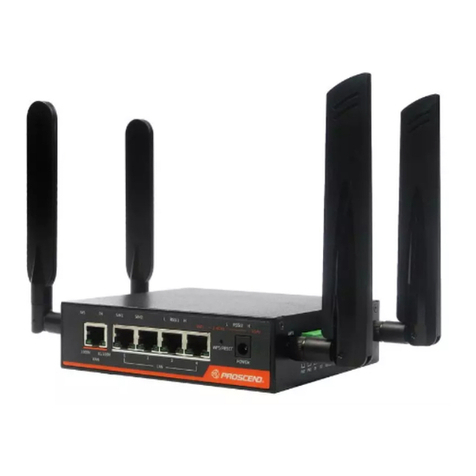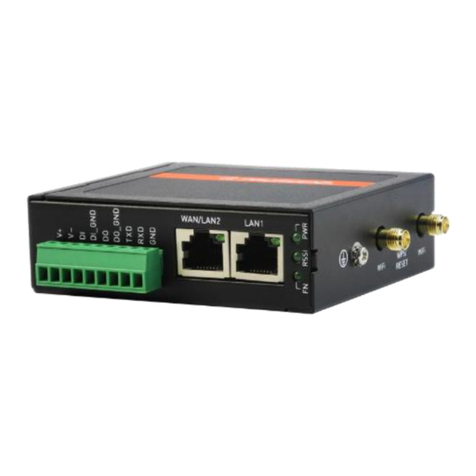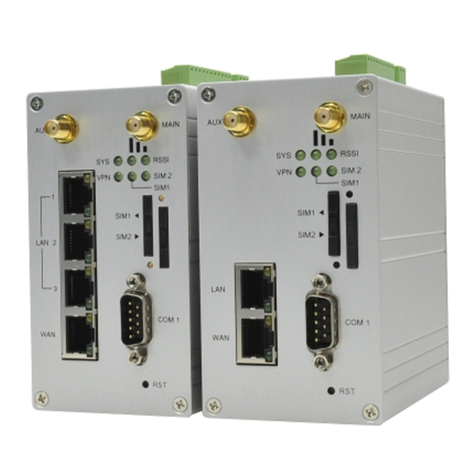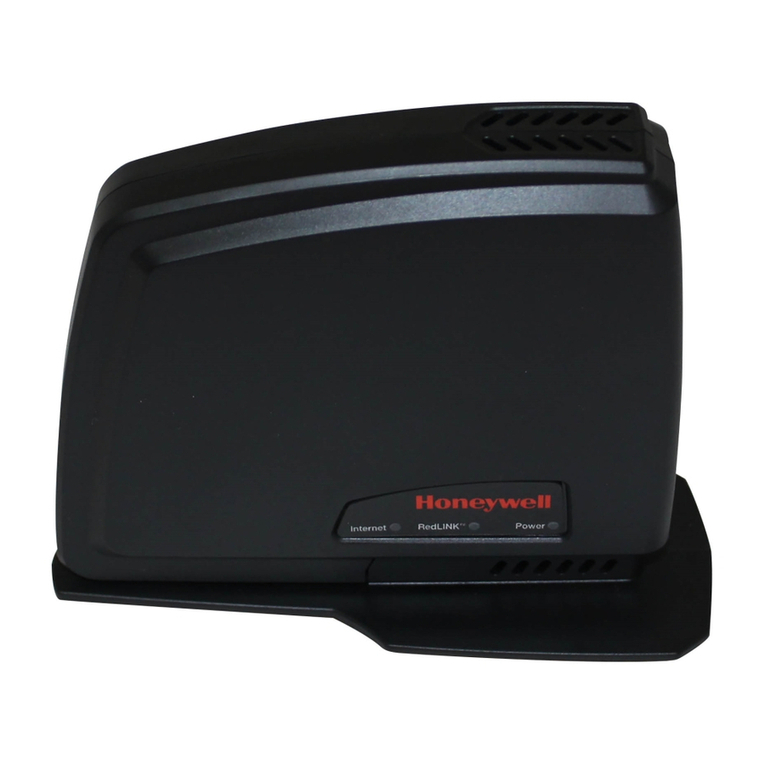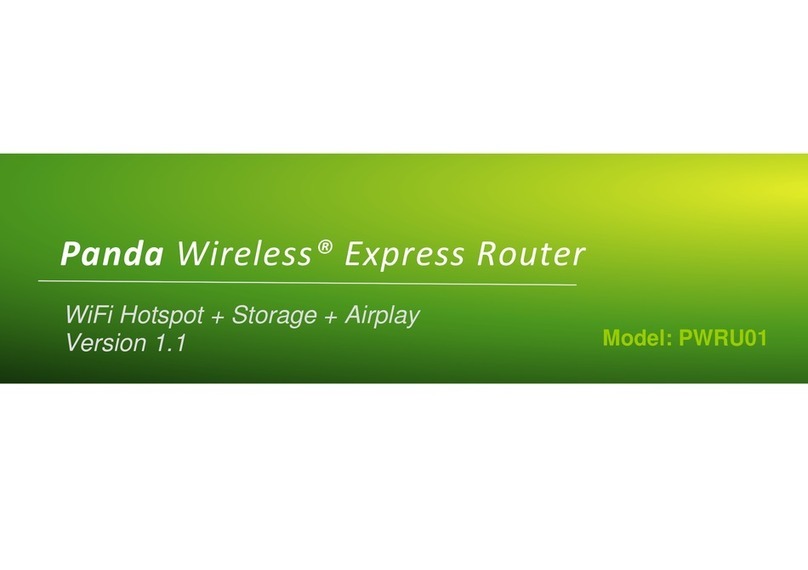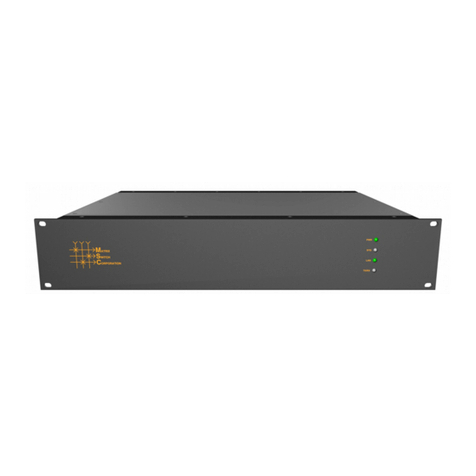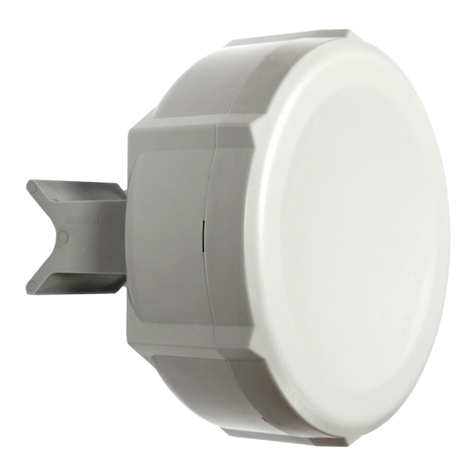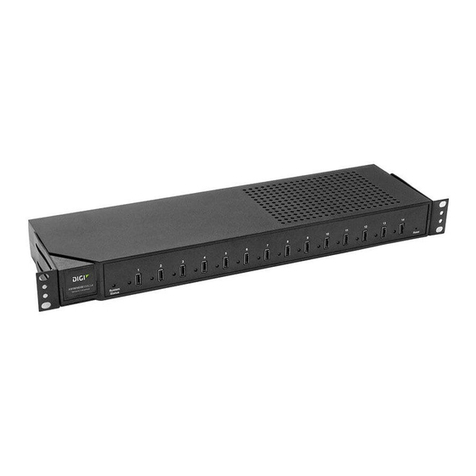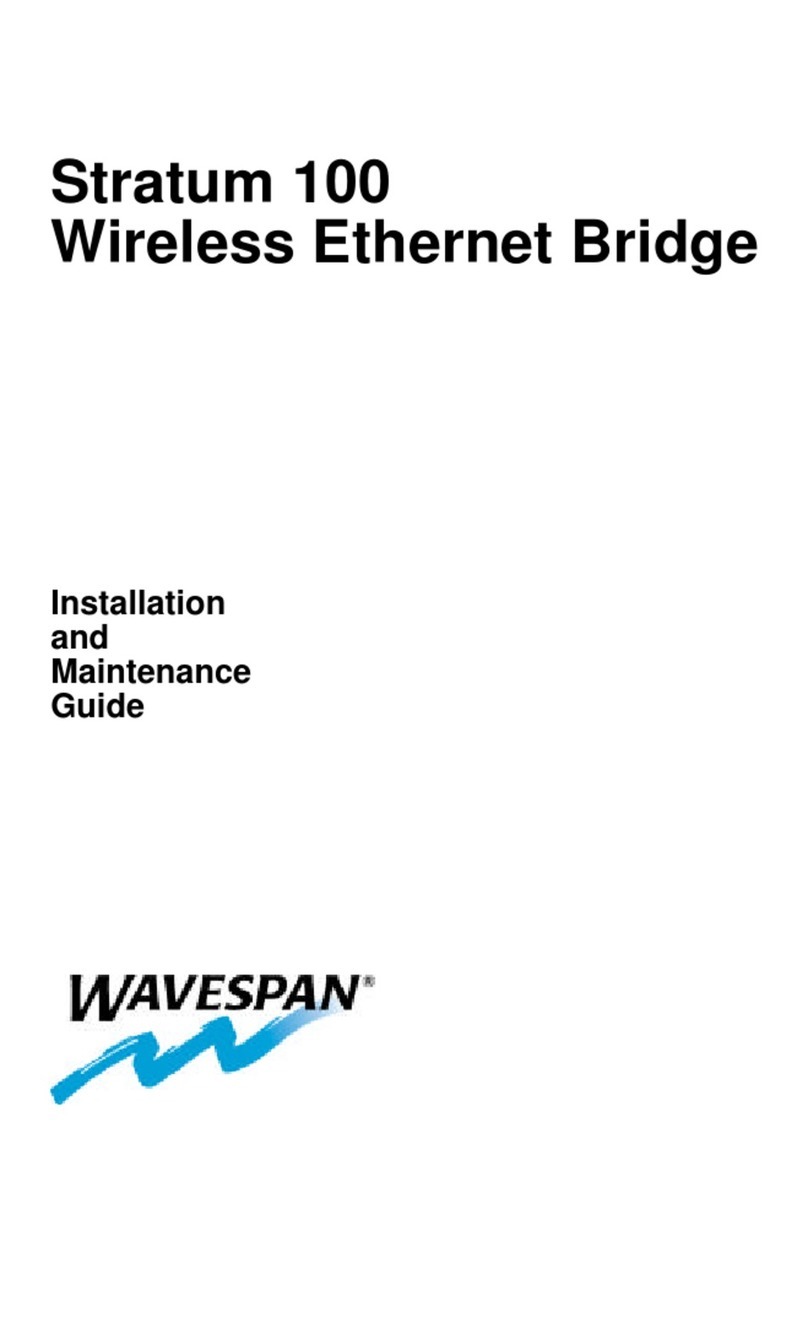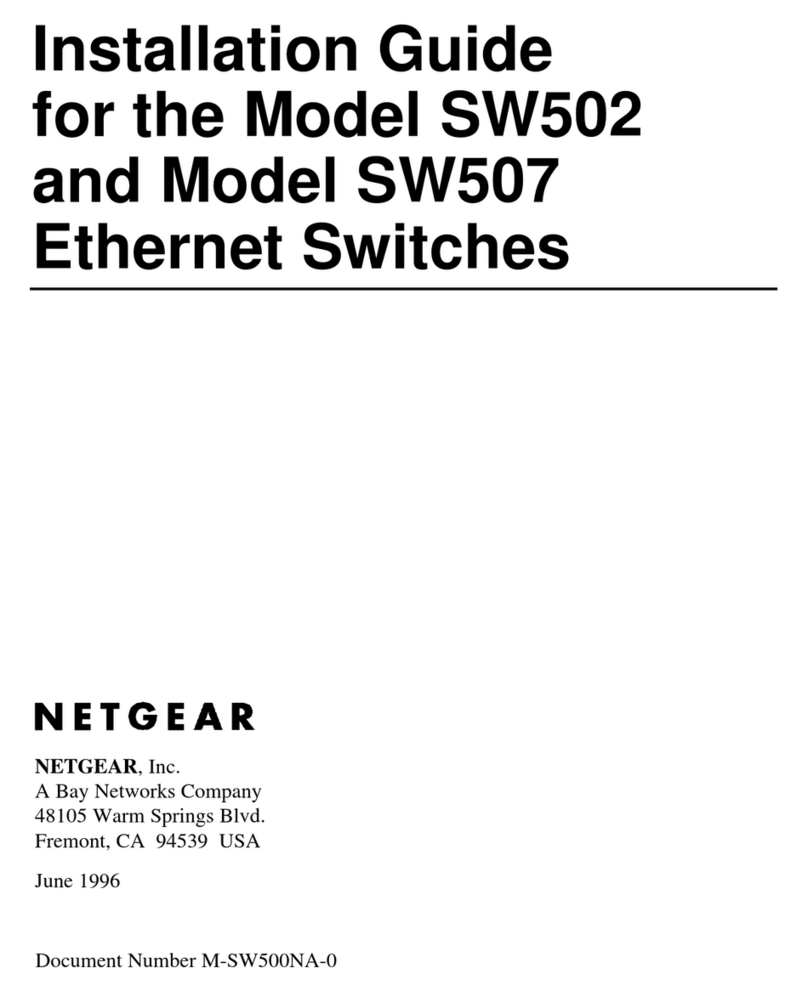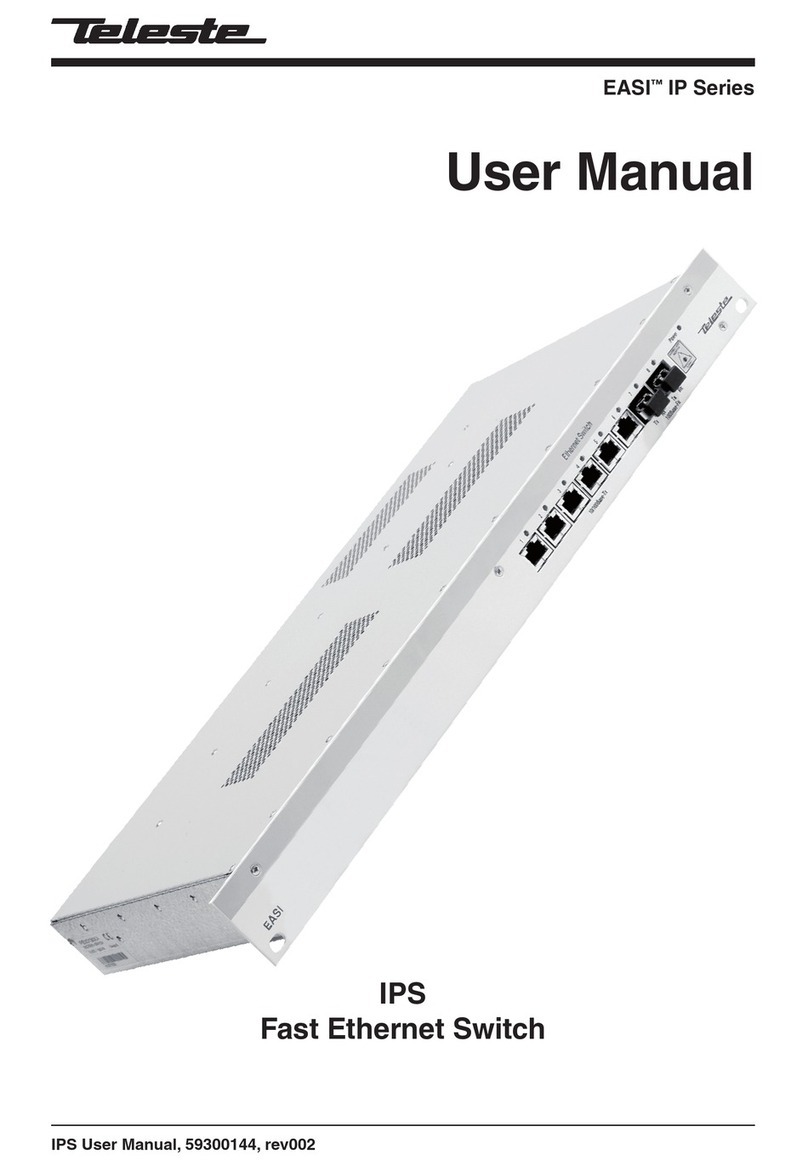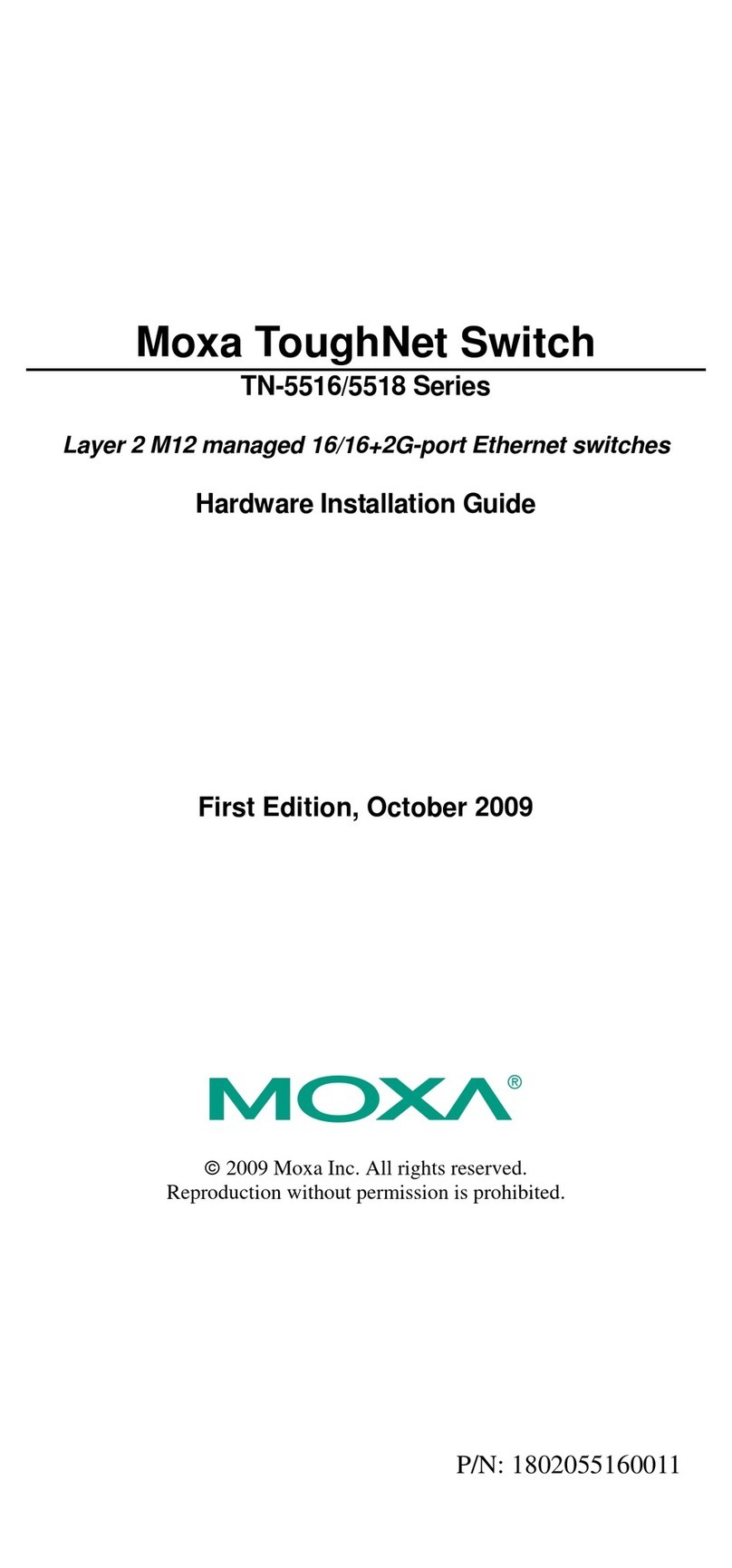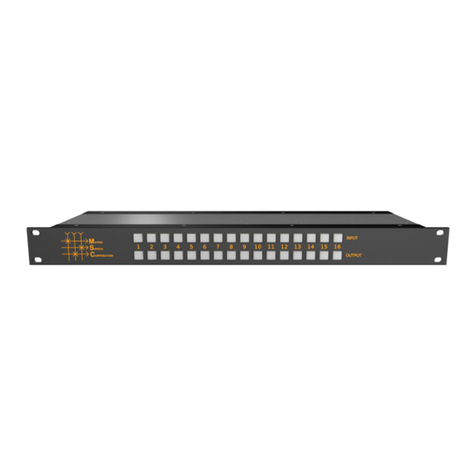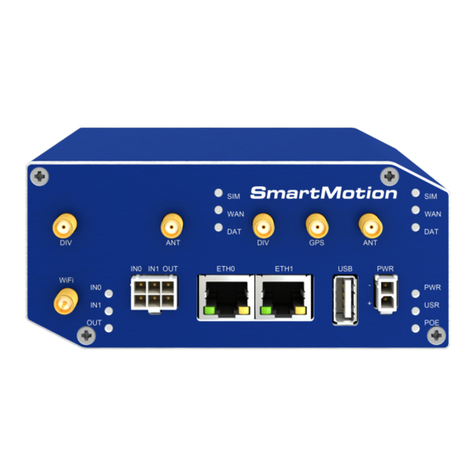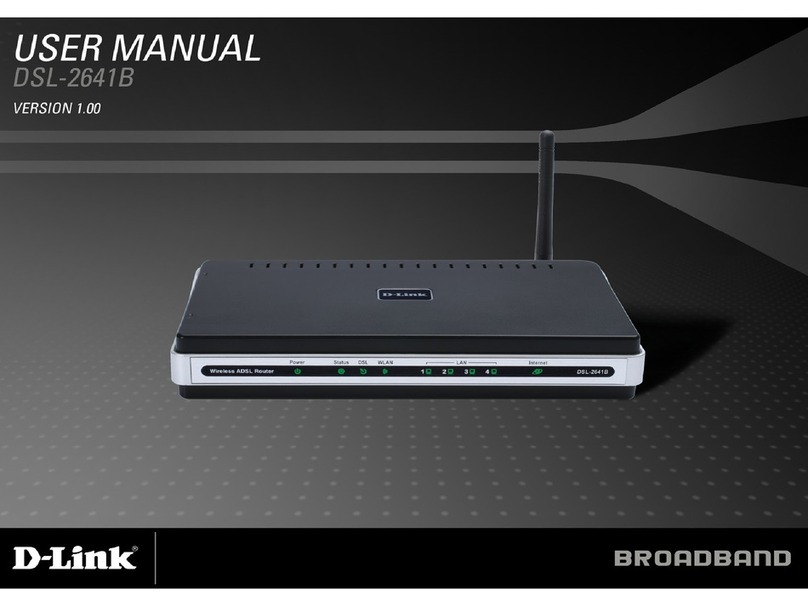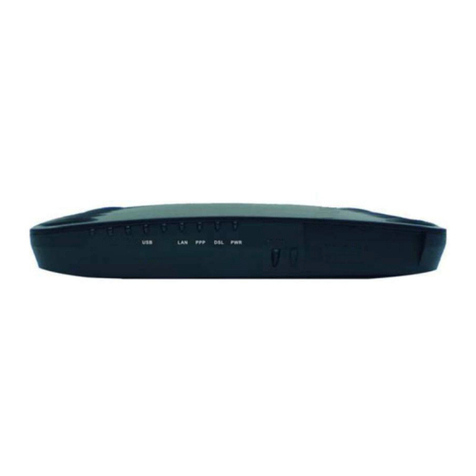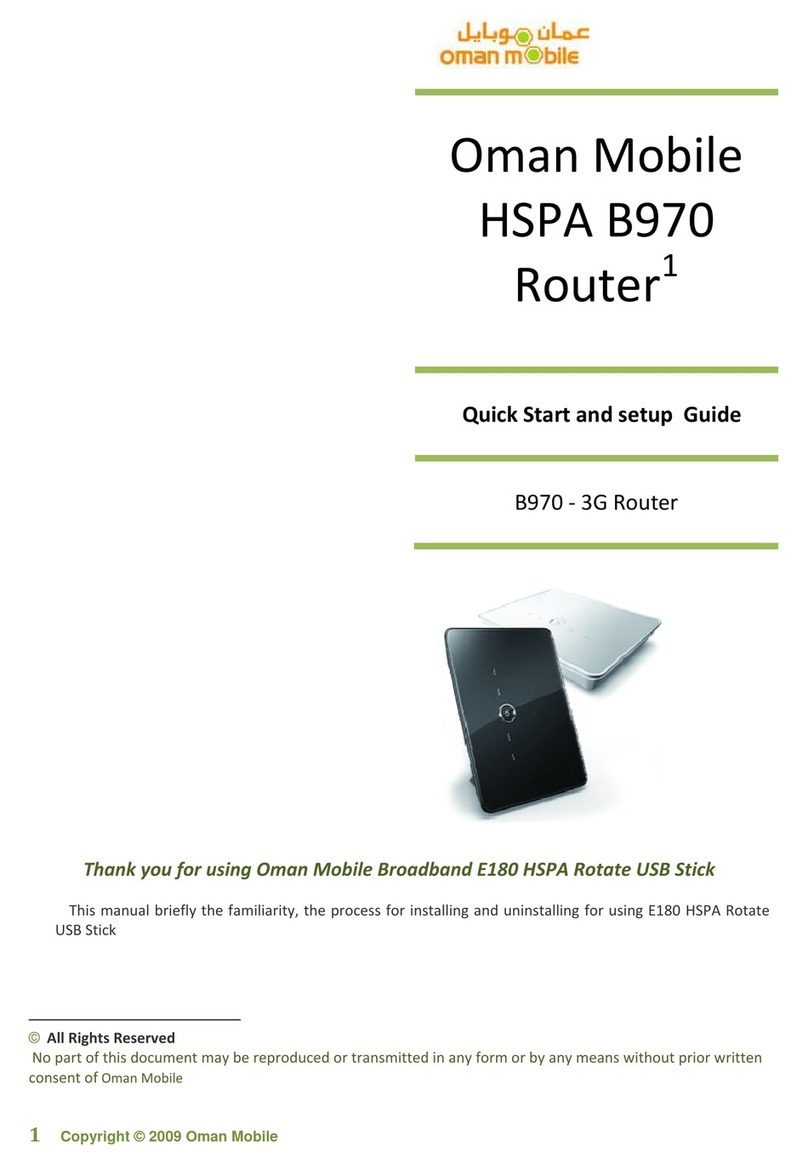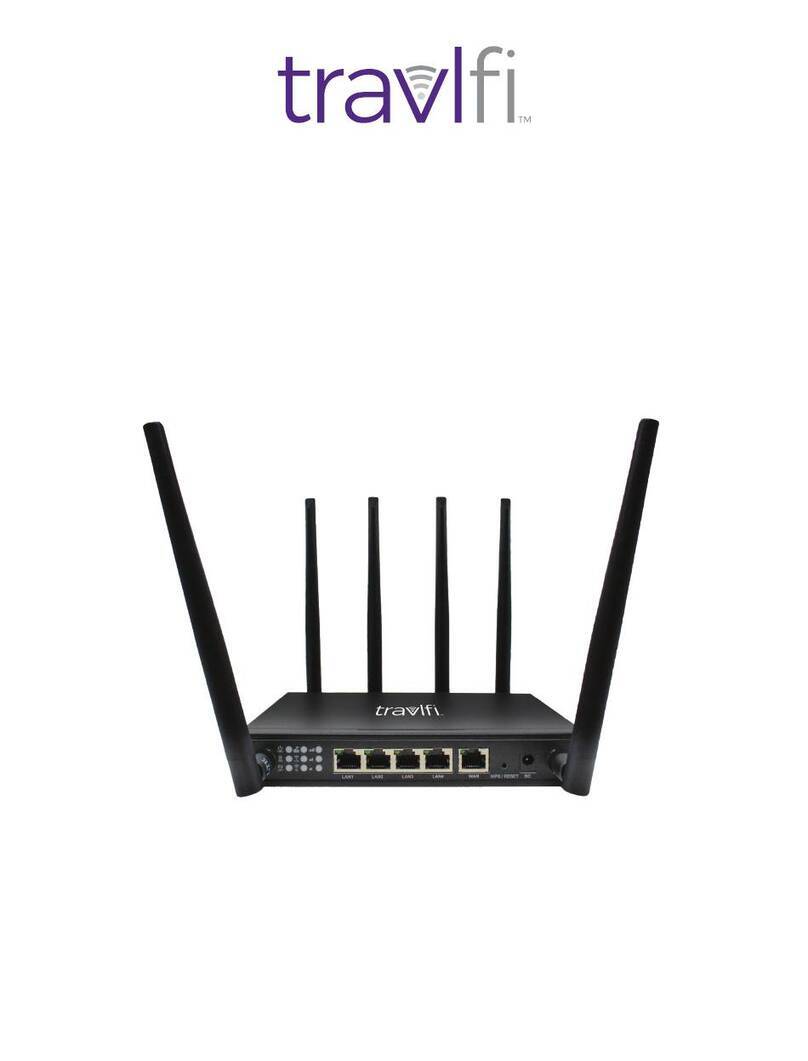3
3.5.2 Interfaces .................................................................................................................................................. 36
3.5.3 3.5G Backup .............................................................................................................................................. 39
3.5.4 DNS ........................................................................................................................................................... 40
3.5.5 DHCP ......................................................................................................................................................... 41
3.5.6 NAT ............................................................................................................................................................ 44
3.6 ADVANCE .......................................................................................................................................................... 45
3.6.1 STP ............................................................................................................................................................ 45
3.6.2 VLAN ......................................................................................................................................................... 46
3.6.3 Static Route ............................................................................................................................................... 48
3.6.4 QoS............................................................................................................................................................ 49
3.6.5 RIP ............................................................................................................................................................. 54
3.6.6 Virtual Server ............................................................................................................................................ 55
3.6.7 DMZ........................................................................................................................................................... 56
3.6.8 DDNS ......................................................................................................................................................... 57
3.6.9 IGMP ......................................................................................................................................................... 58
3.7 SECURITY .......................................................................................................................................................... 59
3.7.1 Firewall ..................................................................................................................................................... 59
3.7.2 VPN ........................................................................................................................................................... 60
3.7.3 Filter.......................................................................................................................................................... 67
3.8 MANAGEMENT ..................................................................................................................................................71
3.8.1 SNTP.......................................................................................................................................................... 71
3.8.2 SNMP ........................................................................................................................................................ 73
3.8.3 TR-069 ....................................................................................................................................................... 76
3.8.4 UPnP.......................................................................................................................................................... 77
3.8.5 Sys Log....................................................................................................................................................... 78
3.8.6 Telnet......................................................................................................................................................... 78
3.8.7 SSH ............................................................................................................................................................ 79
3.8.8 Web ........................................................................................................................................................... 79
3.9 SHOW .............................................................................................................................................................. 81
3.9.1 Information ............................................................................................................................................... 81
3.9.2 Sys Log....................................................................................................................................................... 82
3.9.3 Script ......................................................................................................................................................... 82
3.10 STATUS ............................................................................................................................................................. 83
3.10.1 SHDSL ................................................................................................................................................... 83
3.10.2 WAN ..................................................................................................................................................... 84
3.10.3 Route Table........................................................................................................................................... 85
3.10.4 Interfaces.............................................................................................................................................. 85
3.11 UTILITIES........................................................................................................................................................... 87
3.11.1 Upgrade................................................................................................................................................ 87




















